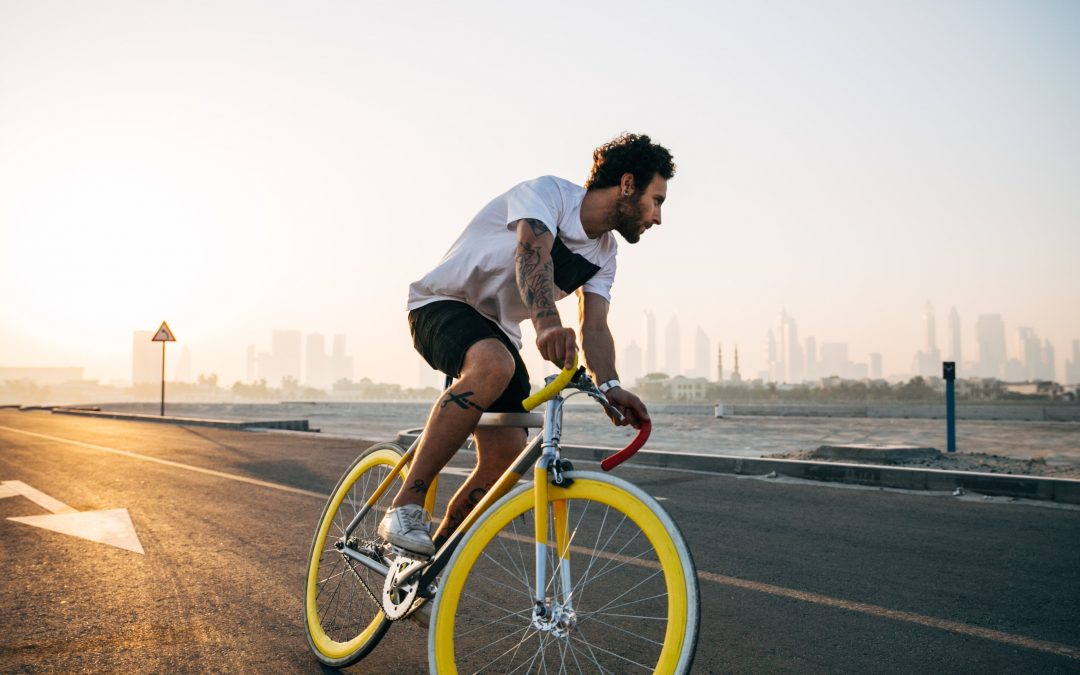There is a renaissance of cycling across the country, and New York is no exception. More commuters than ever are choosing to bike, a shift that collectively cuts down fossil fuel emissions and keeps urbanites active, if not a bit sweaty. To encourage biking and make room for its growth, many cities are implementing projects to become bike-friendly. In New York City, these have been more divisive than you’d expect.
Car-centric Manhattan has never been biking mecca like Denmark’s Copenhagen and likely never will be. While it did have its boom back in the late 19th century, at which time some major streets in Brooklyn were constructed with bikes in mind, the fad died out before long. After cars became affordable, most of the decades following streets were designed strictly for motorized vehicles. The main island’s narrow streets and heavy traffic, both vehicular and pedestrian, have since made cycling a hazard.
Since 1990, biking in NYC has increased by 320 percent, and 68 percent between 2010 and 2014. Now that biking is returning in a big way, the trend has to reckon with cars’ legacy in an increasingly crowded city. Depending on who you ask, modern bike lanes are either a blessing or a curse, as balancing the needs of different types of commuters has proven more difficult than anticipated.
Veteran taxi drivers and residents will tell you how different city streets were just 20 years ago, and their opinions are by and large the same: bike lanes make things worse. While helpful for bikers and good for energy efficiency, they complicate the rules of the road. Drivers get confused, slow down, and traffic gets backed up. Smooth sailing? Not unless you’re a biker, and even then, you might still get hit: biking fatalities number in the hundreds each year, and even spiked in 2014.
Bike lanes should in theory make things safer, but anti-bike advocates have called their implementation “monstrous” and “truly offensive”, with some claiming that the Department of Transportation has vastly overstated their benefits. They take up valuable road space, cut lanes of car traffic from three to two and make it difficult for taxis to pick up customers without getting ticketed. Drivers say that in spite of lanes, many bikers don’t follow the rules.
Those in favor of bike lanes, including Mayor Bloomberg, who made them part of his legacy, argue that they don’t increase congestion and actually stimulate the economy, since pedestrians and bikers are likely to patron local businesses. Further, the implementation of Citi Bikes across the city has enjoyed immense popularity in spite of some problems.
It seems like drivers and bikers will never agree on the merits of bike lanes, but one thing is for sure: the city’s many pedestrians are neutral as long as there are no bikers on the sidewalk.

